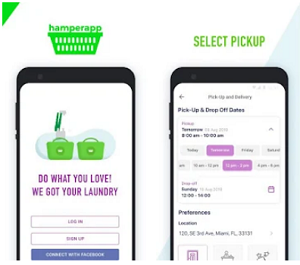Ever since its inception in 2006, jQuery has remained a popular choice among web developers due to the ability of this shorthand JavaScript to stylize elements on a web page that contribute to the behavioral pattern of the website. Although developers have to depend on the foundation of HTML and CSS for creating web content that search engine spiders can crawl easily, jQuery helps to incorporate additional functionalities beyond the capabilities of HTML and CSS. In the process, developers can enhance the user experience, which is the ultimate goal of web development. jQuery has found wide acceptance among developers, but when creating SEO friendly websites by using the language, it needs careful consideration to understand how to adapt the latest SEO techniques.
While maintaining the SEO friendly aspects of websites is important, there can be no compromise in offering the best experience to users when implementing jQuery. Also, you must ensure that the language does not create impediments by blocking valuable content from crawling by the search spiders that can be detrimental to SEO. It should not increase the page weight that can increase page-loading times. jQuery has the powers to make websites adapt and implement SEO in a much better way and is the reason why marketers rely on it for achieving their overall goals.
jQuery simplifies web development
The purpose of the launch of jQuery is to simplify the process of web development by making programming easier for developers. The language can simplify HTML document traversing by streamlining it along with animations, event handling AJAX interactions. The best thing about jQuery is that it is lightweight and complies with the industry standards including CSS3. Besides these characteristics, jQuery enables developers to create plugins that facilitate the creation of concepts related to low-level interface and simulation. It also helps in creating widgets with high-level themes and advanced effects. The overall effect is the creation of powerful and dynamic websites.
Beware of the downside
Despite the ability of jQuery to incorporate various effects and flashy tricks into the web design, it might even render your creation invisible by keeping it out of view of searchers. The experts at Visionsmash.com advise its clients to take proper care when using jQuery because lack of visibility can harm the SEO prospects. To automate coding and content handling with the purpose of streamlining the process and making the page viewable, much of the data that search engines used for retrieving pages from the view of the spiders remain confined within jQuery.
The spiders are responsible for marking the content and presenting it to search engines. When spiders are unable to access data that remains within jQuery, it does not crawl the pages, and hence the pages never appear for display to viewers. This defeats the basic need for good SEO that depends on high visibility.
Take corrective action
Once programmers know about the flip side of jQuery, it becomes easy for them to work around the problem and ensure that the visibility of web pages remain unaffected. They have to learn the tricks and techniques of keeping important content together with its markers given the search spiders while availing the benefits of automated coding by using jQuery. There are numerous ways of achieving the automation without affecting SEO, some of which you would find in the paragraphs that follow. The methods although workable are far from exhaustive because any questions related to programming always have several answers.
Bring the content in view
Since visibility is the name of the game, programmers have to ensure that they can bring the content in front of users whenever they search for it. They must know the tricks of unlocking the content from jQuery or Javascript. When programmers embed multiple anchor tags and hard links with the href, they can accomplish the task of maintaining visibility of content. To achieve it, you have to avoid placing links in the jQuery but instead put it in the HTML source. Programmers have to be conversant with the methods that allow them to seek trade-off from jQuery and AJAX to increase the scope of gaining more visibility. You can even try to increase the page loading time by using div, but this might have a negative effect on page metrics reporting.
Use of jQuery plugins are another way of aiding the website to remain SEO friendly. By following the path of progressive enhancement that entails building the pages in accordance with the lowest common denominator and then adding enhancements to keep data reachable by search engine spiders. Embedding the needed page into the request in href is another way of making the content visible to spiders.
No matter whichever technique you use, make sure that it helps to make the jQuery content crawlable by spiders.




